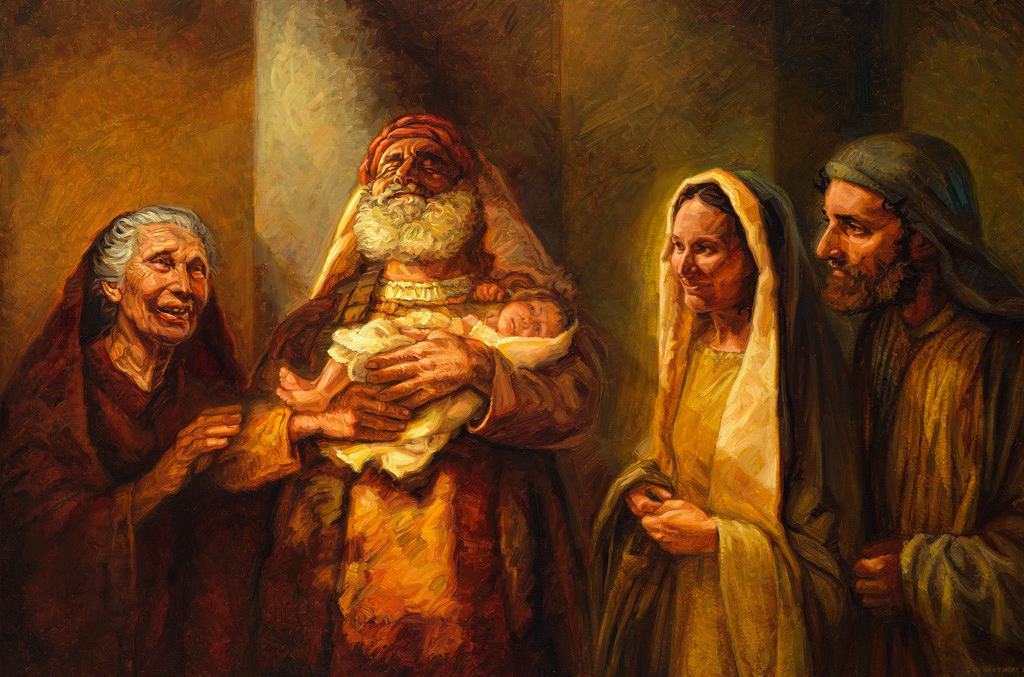Today I have brought in my bible, which I requested as a gift for graduating high school. It is embarrassingly underutilised, and I wish I could blame the accessibility of online translations. But I’ve brought it up here because it is a parallel bible, and shows each verse as both the NIV translation, which was the norm in my childhood, and the Message translation, which is known for being a tonal translation more than a literal one. This is something I requested because my mum’s bible is like this, and I really liked it.
Part of why I like having both is that I feel that being asked to sit with the imprecision of translation is good for us. Our protestant tradition is built on the legitimacy of translation, of access, and I would argue that that can be a graceful reminder of the complexity, of the historical context, of the living word.
As well as the value of being reminded that our holy text is very old and very alive, I think that the differences of translations can add something to the reading. Blue and red 3D glasses are low tech compared to whatever is going on in the cinema world nowadays. But I think we understand how they work: We have two offset versions of the same image – one visible through the blue lens, one through the red, and when wearing one on each eye we can see a depth that wasn’t there before.
All of that is the long way to say, I am going to read some of the verses we have already had today, but in two translations.
[Read more…]